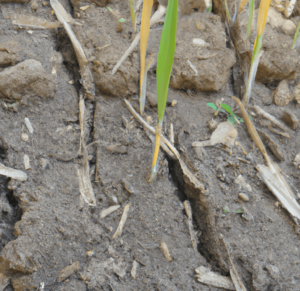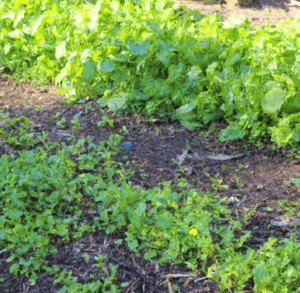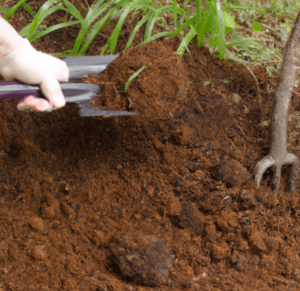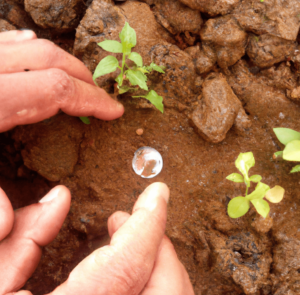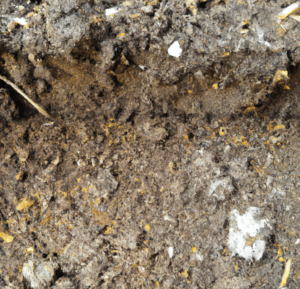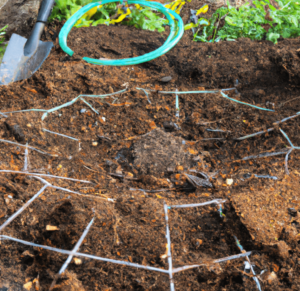A common gardening item is raised garden beds, which are elevated garden beds made of materials like wood or stone and filled with a soil-compost mixture. Some of the benefits of using raised beds in gardening include that their shape offers better drainage and soil quality, making it simpler to grow plants that are healthier and more fruitful. Raised beds can help reduce pests and are also simpler to access for planting, weeding, and harvesting. Raised beds also provide a garden with a touch of aesthetic appeal by making it appear tidy and well-organized. Here’s the gardening guide to raised beds!
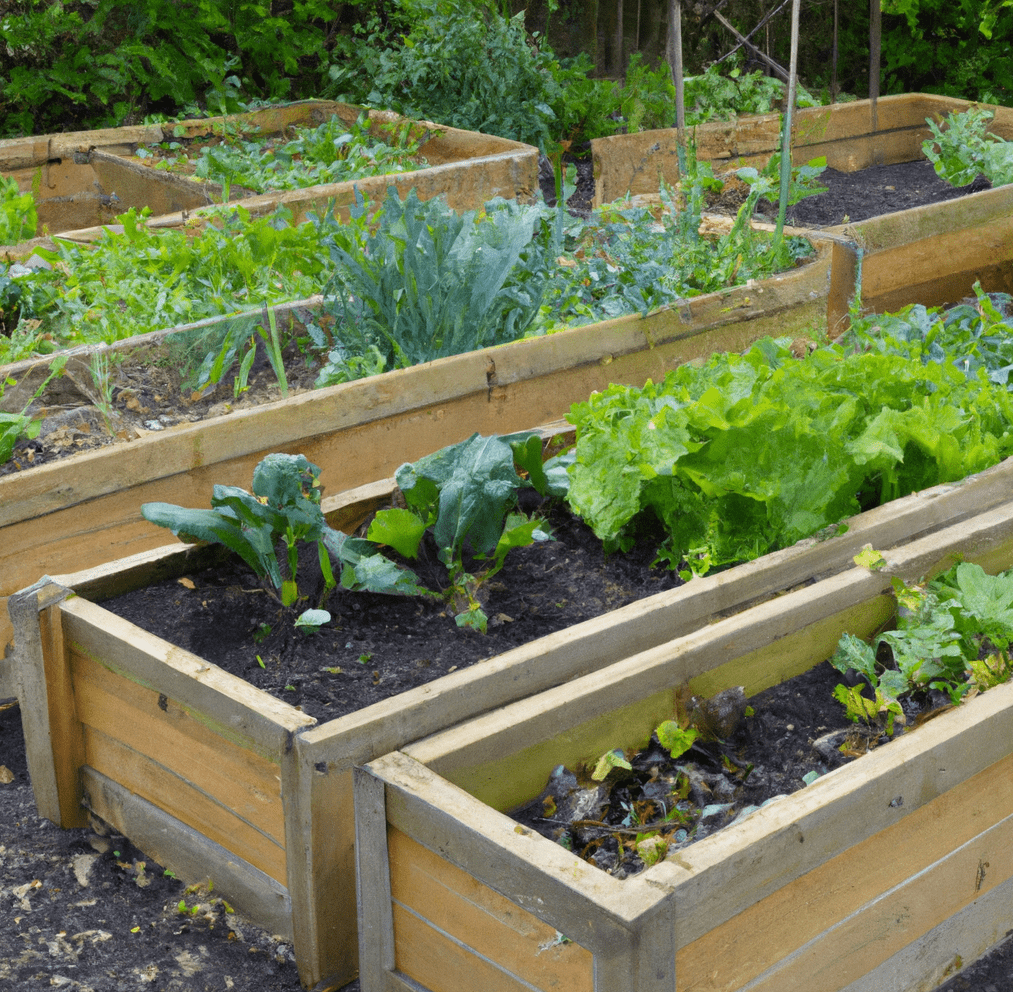
Advantages of Raised Beds
Learning about the benefits of using raised beds in gardening has become popular for the following reasons:
- You may provide your plants with the best growing environment by raising the soil, which can promote stronger development and healthier plants.
- Raised beds also have the benefit of enabling earlier planting and extended growing seasons. You can start planting your crops earlier in the season in a raised bed since the soil heats up more quickly in the spring. This can lead to a longer growing season and a bigger harvest.
- Raised beds are a fantastic way to preserve water, too. Better drainage is made possible by the higher soil, which might help your plants use less water. The compact soil in a raised bed also aids in moisture retention, which can lower the quantity of water your plants require.
Improved Drainage
A plant may die as a result of wet roots caused by poor drainage and learning about the benefits of using raised beds in gardening can help! Raised beds facilitate quick drainage of surplus water by raising the soil above the surrounding ground level:
- It encourages strong root development, enabling the roots to absorb the ideal quantity of water and oxygen they require to flourish.
- Raised bed soil warms up more quickly in the spring and dries out more quickly after rain, which helps avoid soil-borne diseases and pests.
- Gardeners have more control over soil quality since they can select the sort of soil they want to utilize and make sure it drains correctly.
Increased Soil Warmth
The growth of plants in a garden setting can be significantly impacted by the increasing soil warmth. Plants may develop more quickly when soil temperature rises, but if the soil is overheated for an extended period of time, it may stress them. This can be reduced in a garden by employing raised beds built of insulating materials that control the soil’s temperature.
The gardener can reduce direct contact with the ground, which can retain more heat, by raising the plants and soil. As a result, it is possible to better regulate the soil’s temperature and moisture content, resulting in plants that grow more healthily. This is just one of the benefits of using aised beds in gardening.
Reduced Soil Compaction
Plant growth can be adversely affected by soil compaction, which can result in lower yields and generally unhealthy plants. One of the benefits of raised beds in gardening is the enhanced drainage and aeration made possible by reducing compaction, plants can grow in a healthier environment with better root development.
Raised beds also make it simple to amend the soil and tailor it to the particular requirements of the plants being produced. So, you can make sure that the compaction and soil texture plays a role in plant growth.
Better Pest and Weed Control
The benefits of using raised beds in gardening include better soil quality and drainage that reduce insect and weed issues, resulting in healthier plants that are less vulnerable to weeds and pests. You can also learn about how to create and maintain a soil food web in your garden for better pest and weed control.
Improved Accessibility
People of all ages and skill levels have taken up gardening as a hobby in recent years, which has seen an increase in popularity. Traditional garden beds, however, might be difficult for people with impairments or mobility concerns. the benefits of using raised beds in gardening aren’t limited to just the soil and plants, they also make gardening easier for people with disabilities or mobility concerns.
The bed’s elevated height makes it easier to access, requiring less bending, kneeling, and reaching. This can lessen the strain on joints and muscles, enhancing everyone’s enjoyment and comfort while gardening.
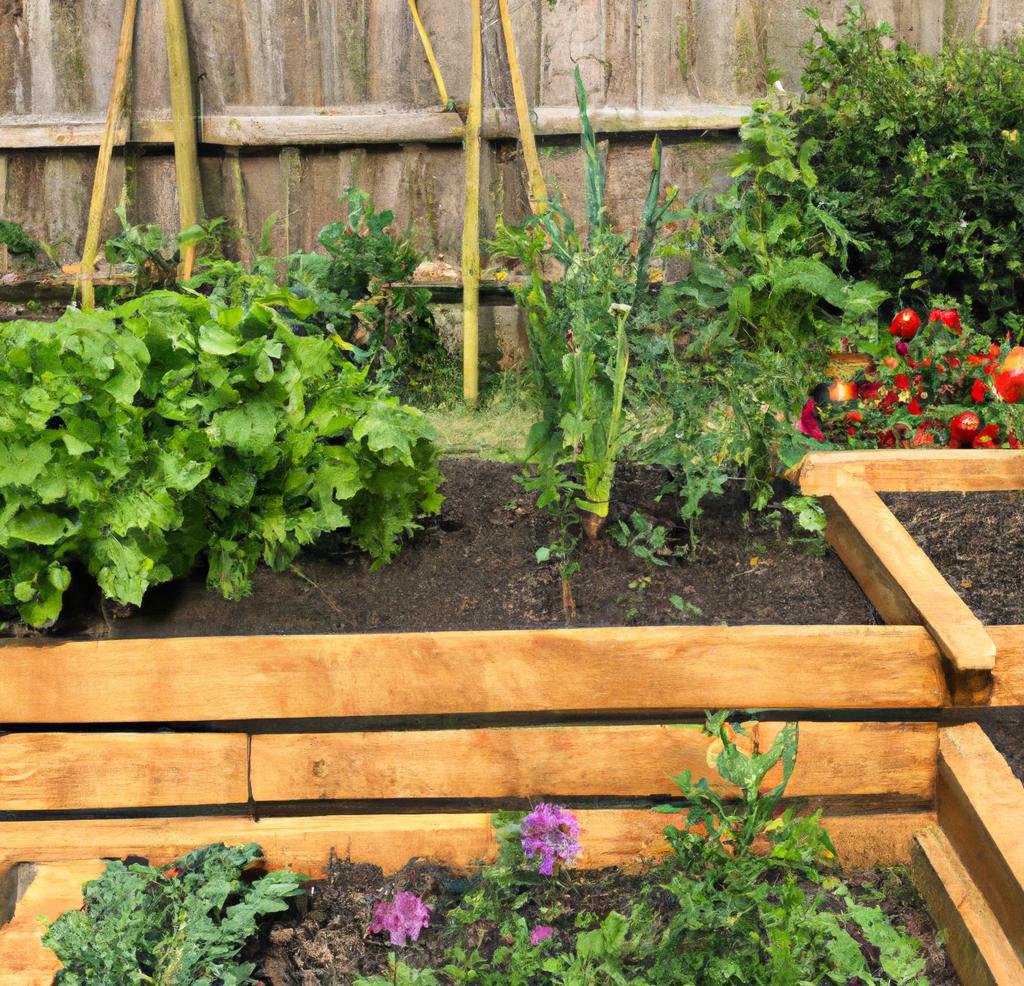
Designing and Building Raised Beds
Now that you know all about the benefits of using raised beds in gardening, here’s how to design and build them:
- To maintain the proper balance of nutrients, a premium soil mixture for raised beds should include topsoil, compost, and organic matter.
- Consider the size and development habits of the plants you wish to grow when determining how much room they will need, and make sure they get adequate sunlight, water, and airflow.
- The requirements of the grower should also be taken into account, such as designing beds that are waist-high for those who have mobility challenges or that are more compact for those who have little space.
Raised Garden Bed Materials
There are many crucial aspects to think about when planning a raised garden bed, including the material, size and form, placement, and layout:
- Wood: Wood is a common material for raised garden beds since it is easily accessible, strong, and versatile. To stop the rot, it might, however, need constant treatment.
- Brick: Raised garden beds made of brick are a durable and classic alternative for any garden.
- Metal: Metal-raised garden beds are a more contemporary option. They are strong and require little upkeep, but they may get warm in the sun.
Making a Layout Plan
Consider the light exposure as well as the size and height of the plants you want to grow when choosing the arrangement of your raised garden bed.
Size and Form
Any form or size of raised garden bed is acceptable, but it’s crucial to make sure it’s big enough to fit the plants you want to grow and has easy access for upkeep.
Location
Select a site for your raised garden bed that is both convenient and offers good sun exposure. Also, take into account how close you are to a water supply.
Constructing the beds
It’s time to go to work once you’ve decided on the components, dimensions, form, and location of your raised garden bed:
- Select a level location, and build the bed there using the materials you’ve chosen, adhering to the manufacturer’s instructions.
- Start planting after adding high-quality soil and compost to the bed.
Note: When choosing plants for your raised garden bed, take the environment and season into account. For some plants to thrive, certain temperatures or amounts of sunlight may be necessary.
Tips to Reap the Benefits of Using Raised Beds in Gardening
- Choose a raised garden bed location that receives sufficient sunlight for the plants you want to grow.
- Based on the number of plants you intend to grow and the available area, choose the size of your raised garden bed.
- Select brick, stone, or wood for the raised bed’s construction materials.
- Make sure the raised bed is solid and level as you construct it using the materials you’ve chosen.
- Mix superior garden soil, compost, and organic materials to fill the raised bed.
- Choose plants for your raised garden bed that are suited to light and soil conditions.
- Following the suggested spacing and depth, plant the seeds or seedlings.
- Regularly water the plants to maintain moist but not soggy soil.
- Utilizing a balanced fertilizer or compost, fertilize the plants as necessary.
Other Things You’ll Need
Aside from a raised garden bed, here are some things you’ll need to get the benefits of using raised beds in gardening:
- Good soil: Select top-notch, well-draining soil that has been specially designed for use in gardens.
- Plants: Consider your area’s soil type, climate, and how much sunlight your garden receives when choosing the plants you wish to grow.
- Gloves: Using gardening gloves will prevent cuts and blisters on your hands.
- Tools: For preparing and maintaining the soil in your raised garden, use a shovel, rake, and hoe.
- Watering can: For watering your plants, use a watering can or hose.
- Fertilizer: To promote robust, healthy plant growth.
- Mulch: To prevent weed development and aid in soil moisture retention.
Planting and Maintenance
Now that you know all about the benefits of using raised beds in gardening and maybe have one or two in your outdoor space, here’s how to maintain them:
- Preparing the soil: To increase the fertility and structure of the soil in your raised bed, add compost and other organic matter before planting.
- Plant selection: Use companion planting to choose plants that are compatible with one another and appropriate for your growing environment. To reduce disease and pest issues, think about rotating your crops each season.
- Watering and irrigation: It’s important to give your plants enough water, especially when it’s hot and dry. Plants that can withstand drought can help you preserve water in your landscape.
- Ideal timetable: Create a watering schedule that works for you and your garden, and try to follow it as closely as you can.
- Taking care of the beds: By periodically weeding or mulching the beds, keep them weed-free. The soil’s moisture will be preserved as a result.
- Crop rotation: Avoid planting the same kind of plant in the same spot year after year to maintain soil health and prevent disease development.
Bottom Line: The Benefits of Using Raised Beds in Gardening
The benefits of using raised beds in gardening include the fact that gardeners can better regulate the type of soil used, enhance drainage, and produce an environment that is more favorable for plant growth by building a bed above ground level. What are you waiting for? Incorporate them into your garden design today!
FAQs on The Benefits of Using Raised Beds in Gardening
What are raised beds in gardening?
Raised beds are elevated garden beds filled with a soil-compost mixture and built of materials like wood or stone.
What are the benefits of using raised beds in gardening?
The benefits of using raised beds in gardening include higher soil quality, better drainage, fewer pests, easier accessibility, lessened soil compaction, and enhanced weed and insect control.
How can the elevated design of raised beds enhance the quality of the soil?
Raised beds’ elevated design provides for greater drainage, which encourages the growth of stronger roots and healthier plants.
How does planting in raised beds aid with water conservation?
Raised beds make it easier for excess water to drain quickly, and the compact soil in a raised bed helps retain moisture, which can reduce the amount of water plants need.
How does the temperature of the soil in a garden affect plant growth?
Raised beds made of insulating materials that control the soil’s temperature can be used to reduce soil temperature, which can have a substantial impact on the growth of plants in a garden.
How does compacted soil impact plant growth?
Compacted soil can lead to weaker plants and poorer yields. Raised beds are one way to avoid soil compaction, encourage strong root growth, and increase plant growth.
How can raised beds aid in weed and pest management?
Raised beds can improve the drainage and quality of the soil, which reduces insect and weed problems and produces healthier plants that are less susceptible to weeds and pests.
How does accessibility for gardeners of all abilities increase with raised bed gardening?
Traditional garden beds may be challenging for those with mobility issues or limitations. Raised beds offer less compacted soil and improved drainage for stronger root growth and more plant growth, making them an accessible solution for gardeners of all skill levels.


